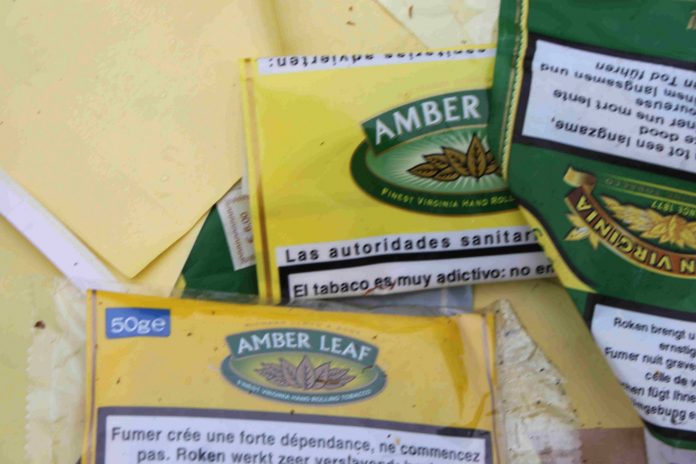European Union customs officials were busy last year with authorities detaining over 31 million fake and counterfeit products at the bloc’s external border in 2017, with a street value of over €580m. This is according to figures released by the European Commission on September 27.
Although the total figures have declined since 2016, fake potentially dangerous goods for day-to-day use like healthcare products, medicines, toys and electrical goods now make up a much higher proportion of all seizures – 43% of all detained goods came from this category.
Overall, the top category of fake goods was foodstuffs, accounting for 24% of the overall number of detained articles. This was followed by toys (11%), cigarettes (9%) and clothes (7%).
“The EU’s Customs Union is on the front line when it comes to protecting citizens from fake, counterfeit and sometimes highly dangerous goods,” said Pierre Moscovici, Commissioner for Economic and Financial Affairs, Taxation and Customs. “Stopping imports of counterfeits into the EU also supports jobs and the wider economy. The European Union stands in support of intellectual property and will continue our campaign to protect consumer health as well as protecting businesses from criminal infringement of their rights.”
In terms of modes of transport, 65% of all detained articles entered the EU via the maritime route, usually in large consignments. This was followed by air traffic which transported 14% of fake articles. Third was courier traffic and postal traffic which together accounted for 11% and were mainly made up of consumer goods ordered online such as shoes, clothing, bags and watches.
According to the Commission’s press release, China remains the main country of origin for fake goods entering the EU. The highest amount of fake clothing originated from Turkey while the most counterfeit mobile phones and accessories, ink cartridges and toners, CDs/DVDs and labels, tags and stickers entered the EU from Hong Kong and China.
India was the top country of origin for fake, and potentially harmful, medicines. In 90% of detentions, goods were either destroyed or a court case was initiated to determine an infringement or as part of criminal procedures.

